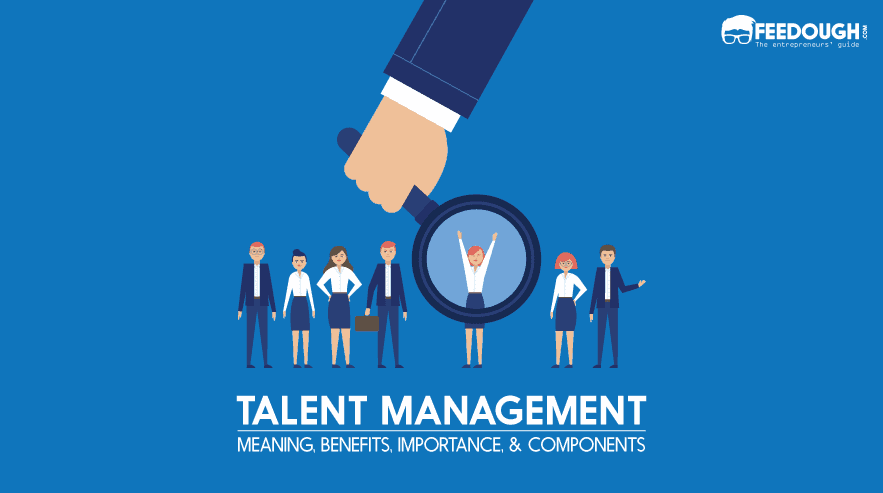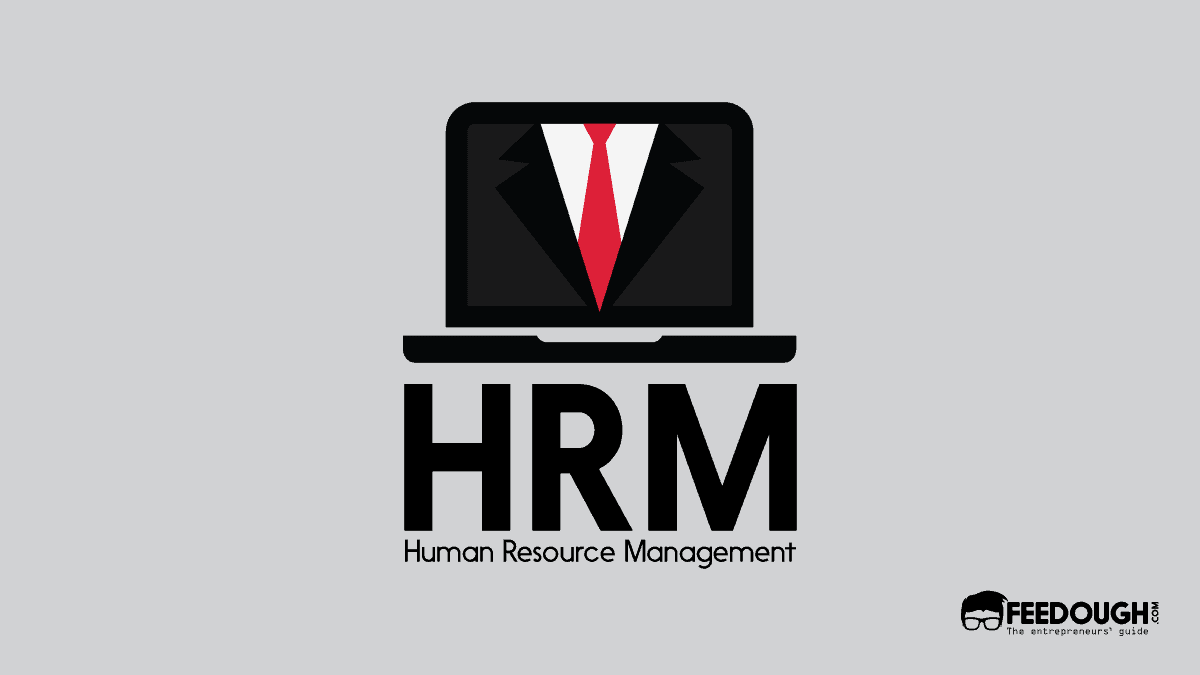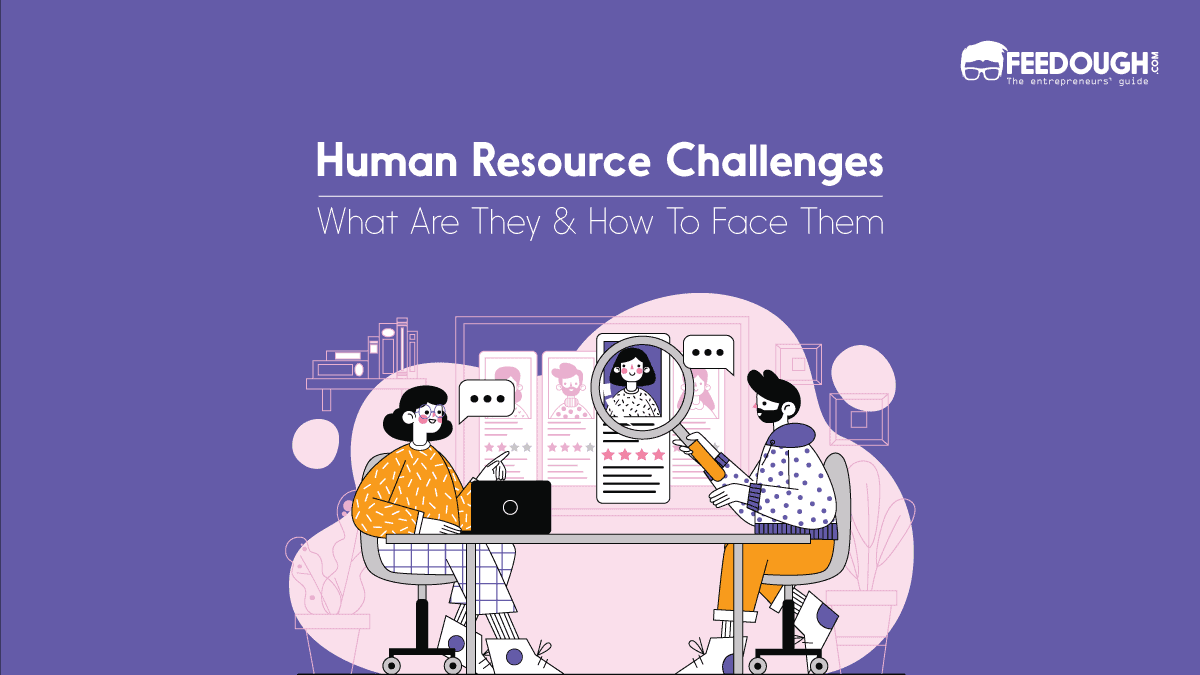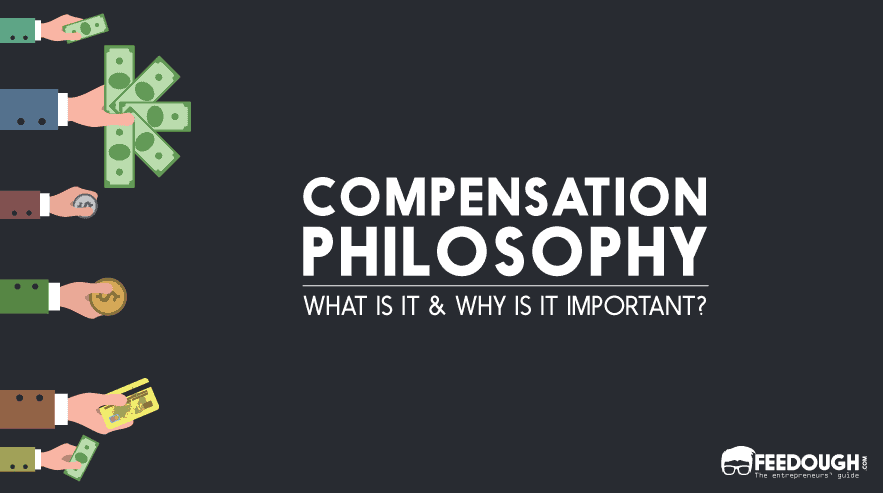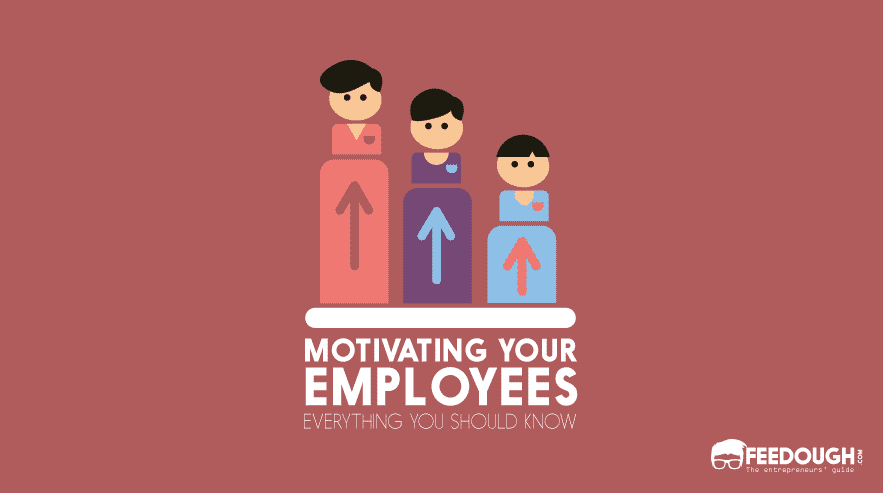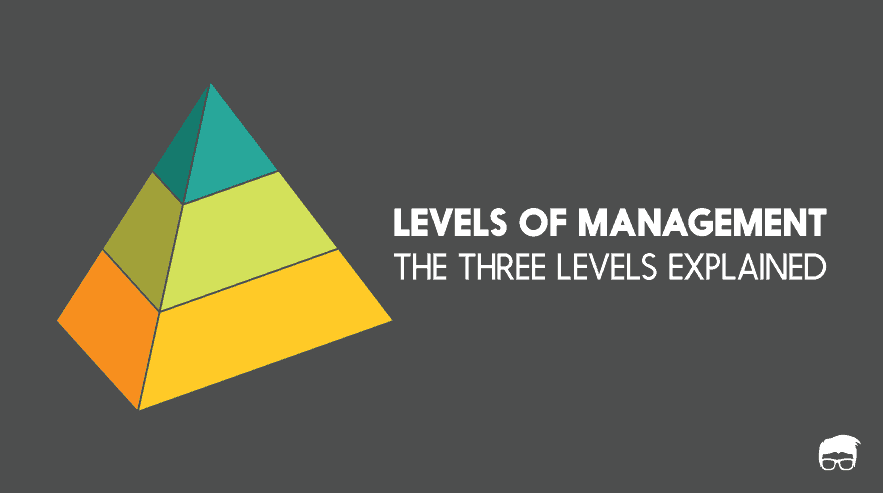When recruiting its employees, a company must ensure that it recruits the best lot, which shortly would turn out to be an asset for the organisation. But does the task get over here? Is just filling your company with best brains enough? Don’t you think there’s a lot more to it once you are done with the hiring process?
It’s a well-known fact that a company’s most crucial resource is its people and therefore it must stay committed to them throughout. Hiring a talented workforce is important, but more important is the development of those superior talents. This isn’t as difficult as it sounds. All you need is a good talent management model. But let us first understand the meaning of the term and its significance as a business strategy.
What Is Talent Management?
Talent Management is a strategic management process involving methods to manage and upgrade the skillset of high-potential employees, thereby retaining them for a long time and achieving the organisation’s desired goals.
The process involves in-depth analysis and workforce planning to identify the gaps between the current and future skills required and executing growth and development strategies to train and retain employees through career growth and development.
Talent Management VS Human Resource Management
Many people confuse the term with HR, but what sets them apart is the uniqueness of the talent management process. Although both are quite similar, the difference that draws a thin line is that, on the one hand, HR is just concerned with hiring and retaining the best talent, while the talent management process aims to reinvent talent in an employee to achieve something bigger and better.
Some examples of the talent management process are:
- Building a high-performance culture
- Introducing competition by entering new markets
- Creating learning opportunities
- Developing leadership qualities
Objectives of Talent Management
Filling In The Gaps
The primary objective of the process is to bridge the gap between the talent present in the organisation and the talent required to accomplish a goal. This requires developing a sound integrated talent management plan that not only aids individual employee growth but also the growth of the company as a whole.
Enhancement Of Performance
The talent management process aims to improve the level of performance of employees in their current position and make them ready for the next level of transition. It poses challenges before them and provides them with the opportunity to showcase their best and play a significant role in the company’s growth.
Accurate Decision Making
A proper talent management process helps make necessary decisions about employee hiring and his further promotions based on his contribution in the company’s achievements. The company has a clear picture of the performance of all its employees and can further plan business development strategies based on the present situation.
A Measurement Of Before And After Effects
It is important to have a measurement of impacts of the process during and after its implementation. This helps in making necessary changes in the ongoing process if it lacks an important feature and makes it easier to analyse the after-effects of the process with more clarity.
Operational Objective
Companies investing in talent management have a heavy business that requires close attention, along with daily operations, marketing objectives and processes that lead to revenue generation. Ultimately a good talent management model will increase the possibility of securing top talent, while also driving revenue.
Importance Of Talent Management Process
Value Addition And Creation
An adequate talent management process tests the employee’s potential and adds a little more value to his skill set. This reduces the chances of errors and creates a learning opportunity. The employee himself gets the reality check of his abilities and strives to perform better by creating newer values.
Effect On Employee Engagement
Poor employee engagement is directly linked to problems with staff retention levels. This can cost the business considerably. In this economic environment, training and development opportunities can be of significant importance to job seekers and to the present employees. Therefore, providing the employees with a platform to express and connect can increase employee engagement levels to a considerable level.
Increase in productivity of the organisation
A requisite pool of talented employees can simplify the process of achieving a goal by increasing productivity in a given span of time. This further helps save time and allows you to focus on other business development techniques.
Client satisfaction
It has been observed that companies with a systematic approach to talent management have overall organisational integration, which leads to higher client satisfaction. This is because the whole process divides the tasks among the employees based on their abilities and skills, and the clients would then have to deal with fewer people, which helps in meeting their needs rapidly.
A long-term investment
Investing in talent management has long-term benefits. It leads to significant growth in revenue generation, the emergence of innovative ideas, and increased efficiency in employee performance. This helps maintain and retain the company’s position and reputation in the ever-expanding market.
Key Components Of A Good Talent Management Model
Following are the key components of talent management which will tell you how to go about the process and which when implemented strategically, can give out the best results:
Knowing Your Goal
The first and foremost requirement is to be aware of the goal you want to acquire and then build a plan for the same. Once you are clear about what you want to achieve, you can then spend time on assigning key roles to the employees who will get you there
Attracting The Right Talent
It is important to attract new talent but what is more important is to attract a suitable one. This is the most crucial component and thus is the most intensive too. You need to design and plan strategies to hire employees who not only have the required skills and experience but also are fit for the specific tasks that they would have to perform during the course of action.
Retaining Talent
Bringing fresh talent into the company is a great idea. But how about recognizing existing talent and upgrading their skill set? This would help you cut down the cost you spend on talent pooling and invest more in other business development strategies!
Performance Management And Development
The ultimate motive of the whole process is to acquire a certain target with combined efforts. For this, you need to make sure that you align the right person to the right role in order to get the best possible results. An employee should be assigned a role that suits him and provides ample opportunities for individual development.
Motivation
Motivation plays a great role in boosting an employee’s performance. An organisation’s task is not limited to hiring employees; instead, the real task begins once the employee has joined the organisation. When an employee feels that his growth is directly linked to that of the company, he will recognize the importance of his role and try to perform even better in the future. Motivating your employees can help them stay committed and engaged throughout. Higher employee motivation is linked to better results.
Benefits Of Talent Management
A small bunch of initiatives aimed at people and organisations can have a wide range of benefits, as discussed below:
- A proper plan makes it easier to deploy the right person in the right job. This is important from the perspective of your organisation as well as the employee, as alignment between his personal interests and his job will make him perform with high efficiency.
- It helps to make better professional decisions. When you know who your high-potential employees are, you can invest in their professional development by creating learning opportunities for them.
- It greatly affects your organisational culture, how your organisation works, and the status of your employees. If the employees are satisfied with the organisation’s ongoing talent management practices, they are more likely to have confidence in its future.
- It helps develop leaders for tomorrow within the organisation. With successive talent management activities, the organisation can inculcate leadership values in its employees and doesn’t have to worry about the future of its organisation or the quality of its workforce.
- It greatly helps in retaining the company’s best lot. If the employees feel that the organisation they work with is aware of their needs and strives to create better opportunities for them, they will never get attracted to your competitors. Instead, they will use the opportunity and work to gain higher positions in the same organisation.
Management is and will always remain one of the principal features of an organisation. The same goes for Talent Management, too. Developing a plan for the same comes later, it is first important to recognise the needs of your organisation. No two organisations have the same work culture or the same kind of workforce. Therefore, there is no particular rule to build a talent management model. You can build a successful model only if you are aware of the weaknesses and strengths of your organisation. Thus, a step-by-step approach is the only key to establishing and maintaining a talent management process.
A keen researcher of marketing, social entrepreneurship trends, and literature. Anannya is an experienced startup writer, business developer, and digital marketer.
